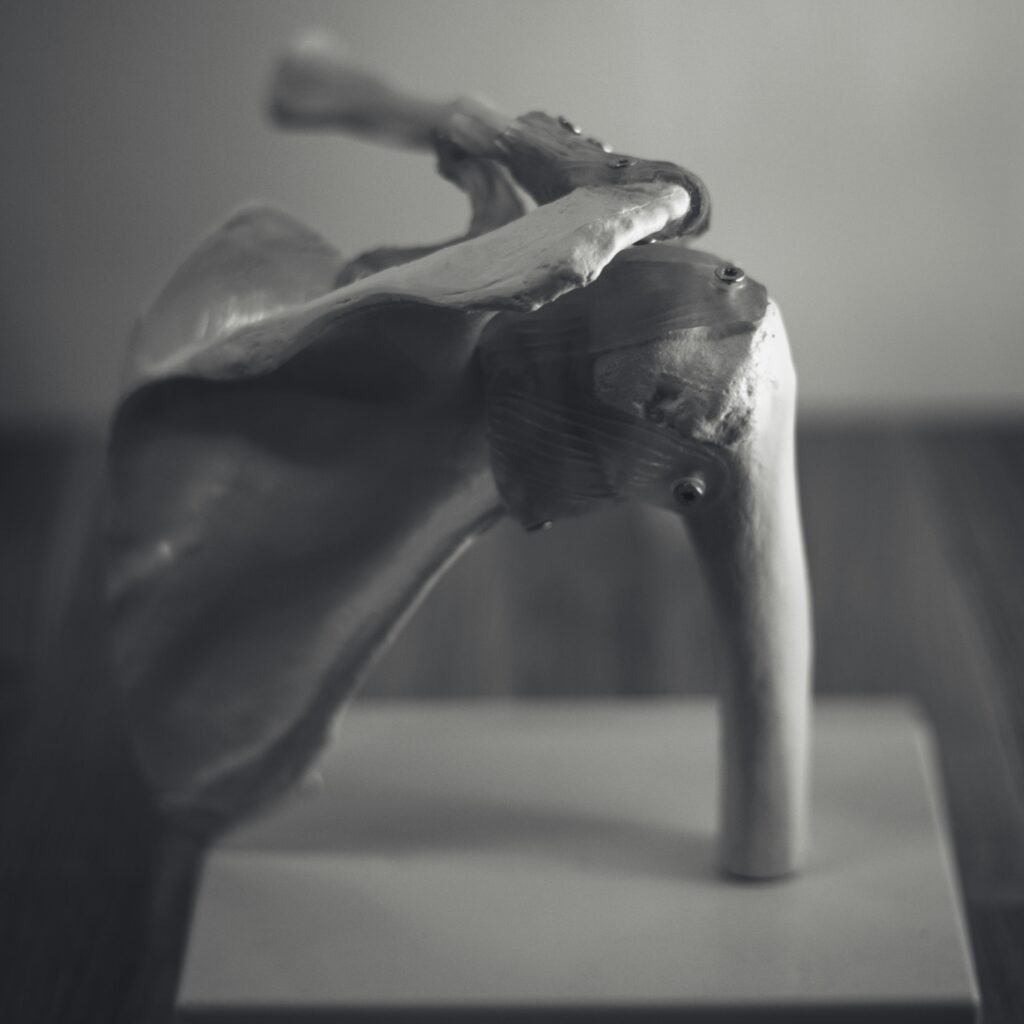
clavicle/beauty bone
The term clavicle is derived from the Latin root clavis meaning key. it is ‘s’ shaped and also called the beauty bone
The peculiarities of clavicle bone
- it is the first bone to ossify in the body
- it ossify from two primary centers
- it is the only long bone in the body lying horizontal
- and the only long bone ossifying from the membrane
- it is the only link between the appendicular and the axial skeleton
- most common bone to be fracture in children
- it invariably end up maluniting after the fracture
Functions of clavicle
- it increases the arm strength mechanism
- it protects the neurovascular bundle consisting of subclavian vessels and brachial plexus
- it gives attachments to important muscles around the shoulder
- accordingly, it supports the shoulder by providing stabilization both at rest and during motion (strut function)
Sites of fracture
- eighty five percent of the fracture clavicle occurs at the junction of middle and outer third
- one percent at the medial end of the clavicle
- lateral end fracture is uncommon (about 10%) (distal 1/3rd)
Classification of fracture clavicle (Allman’s)
- Group I is the fractures involving middle one-third of the shaft
- Group II is fracture involving the lateral third distal to the attachment of the coracoclavicular ligament. this is further subdivided into two subgroups (proposed by neer) :
- type A: coracoclavicular ligament intact
- type B: coracoclavicular ligament ruptured
- type C: intra-articular extension into ACM joint
- Group III are medial third fracture.
principles of treatment
Before proceeding with the proper treatment, one must understand the two distracting forces acting on the fracture fragments in the clavicle, which make treatment difficult: the sternocleidomastoid muscle pulls up the medial end of the clavicle, and the pectoralis major muscle and gravity, acting through the arm, pull down the lateral end. To counter these forces, one should brace the shoulder up and back and support the arm while treating clavicle fractures.
Conservative methods
Earlier, this method was the preferred treatment for clavicle fractures. Now, it is mainly restricted to children and certain undisplaced fractures, involving the following methods
- cuff and collar sling for undisplaced fractures
- strapping of the fracture site after reduction of fracture by elevating the arm and bracing the shoulder upwards and backwards gives good results in both children and adults
- figure of 8 it is popularly used and it acts by retracting the shoulder girdle, minimizes the overlap and allows more anatomical healing. it does not immobilize the fracture but acts by serving as a reminder to the patient to hold the shoulder up and back neutralizing the forces mentioned above. if they allow the shoulder to slump forward, then the support cuts into the anterior axilla and reminds them to hold the shoulders back
Operative methods
- fixate the intermedulary with k-wire using either retrograde or antegrade technique, employing either closed or open methods.
- rigid plate and screw fixation with AO semi-tubular or pelvic reconstruction plate